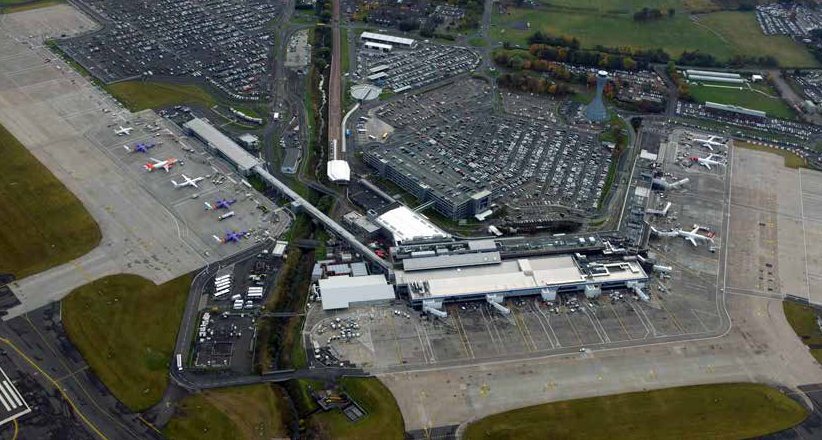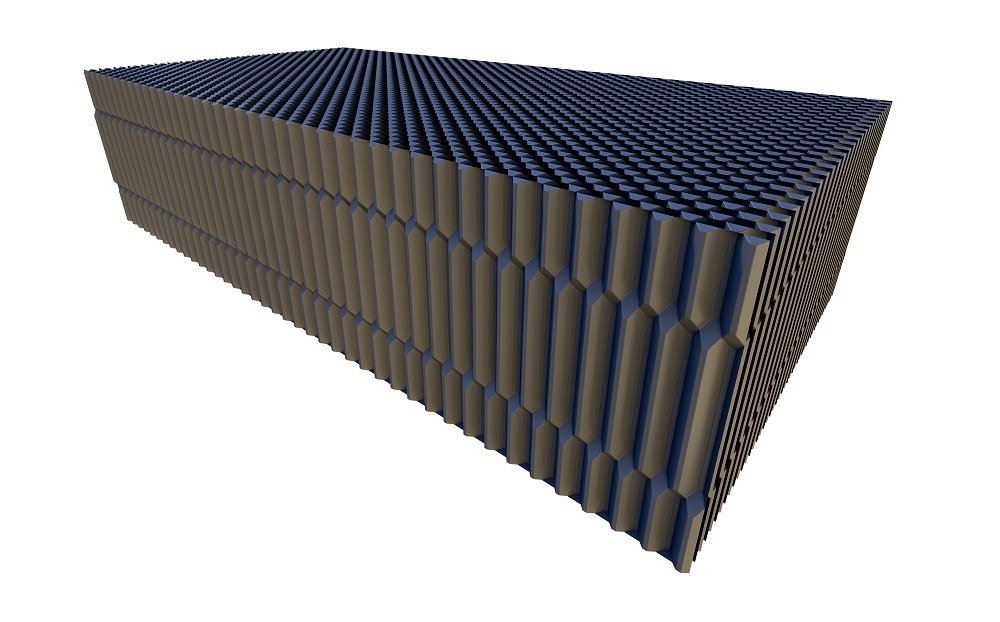WHAT WE DID
Surface water, predicted to run off the newly-created impermeable surface at flows of up to 3,000 l/s, must not be allowed to discharge into receiving natural water bodies surrounding the airport at a rate that could cause environmental damage or flooding. Instead, it is collected via a gravity network of heavy-duty slot drains and a 660m-long run of 1,500mm diameter pipes, before being fed, via a single 1,500mm pipe, to the SDS GEOlight® attenuation system.
Installed approximately 20 metres to the south of the new stands area, the GEOlight® tank, measuring 72 metres long, 32m wide and 3.25m deep, is designed to hold back almost 7,000m³ of surface water during heavy storms. A number of oil interceptors are positioned along the gravity network to clean the water before it enters the GEOlight® tank.
A pumping station carefully controls the amount of water leaving the tank so that discharge into the Gogar Burn, which runs along the airport perimeter and eventually into the River Almond, is limited to 110 l/s, the maximum flow rate permitted by the Scottish Environmental Protection Agency (SEPA).
In time for winter 2019 and anticipated freezing weather conditions, Careys have constructed a system to hold surface water collected in the SDS GEOlight® tank if a sensor detects that it is contaminated with Glycol anti-freeze. The polluted water would then be diverted into specially-designed storage tanks, where it would be collected and correctly disposed of.







